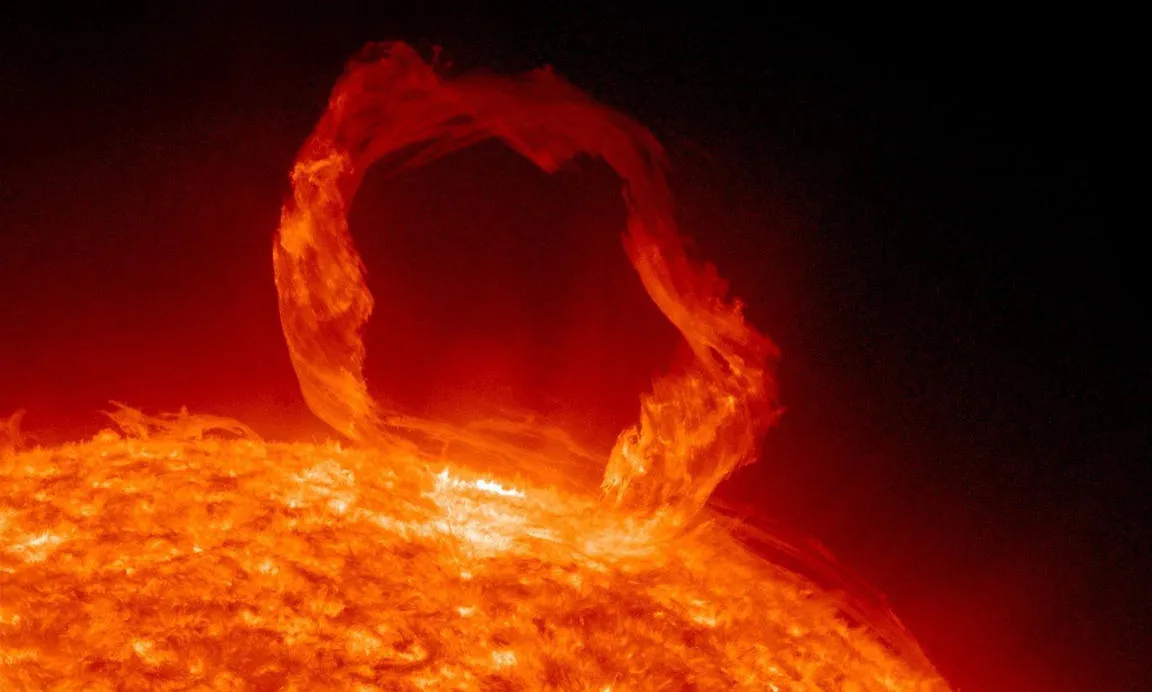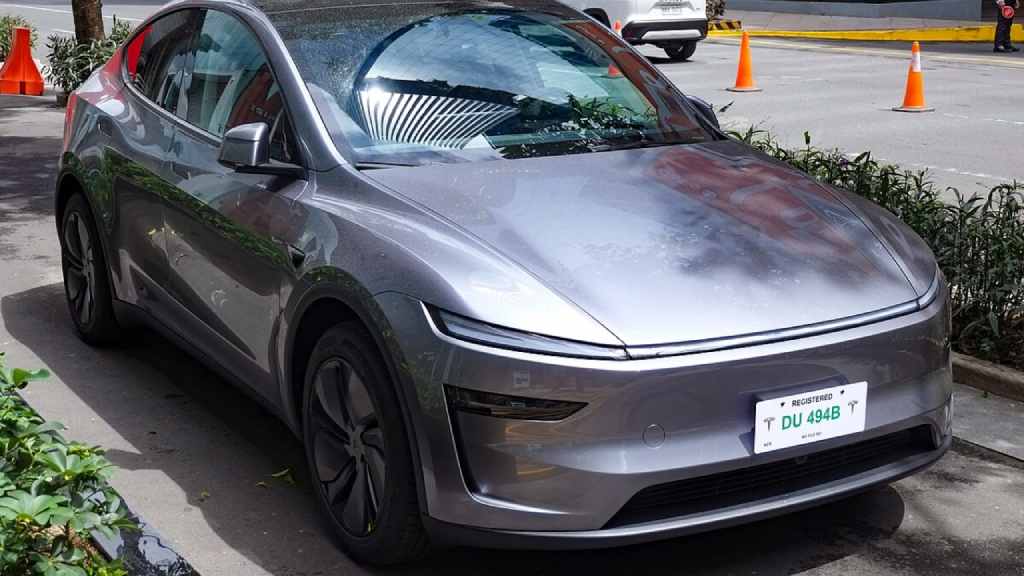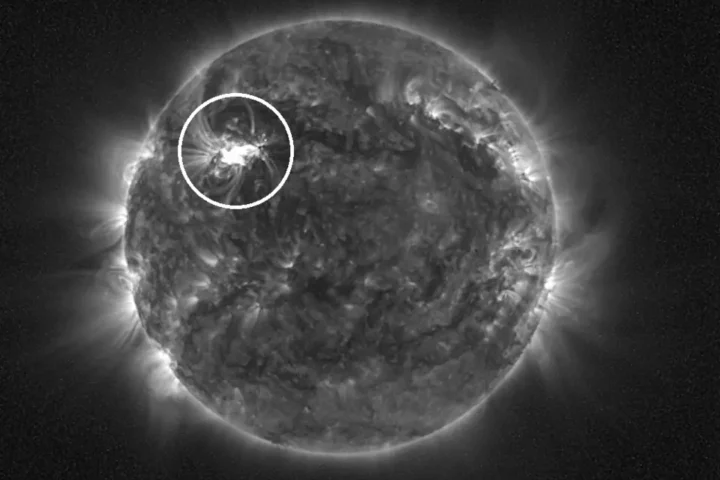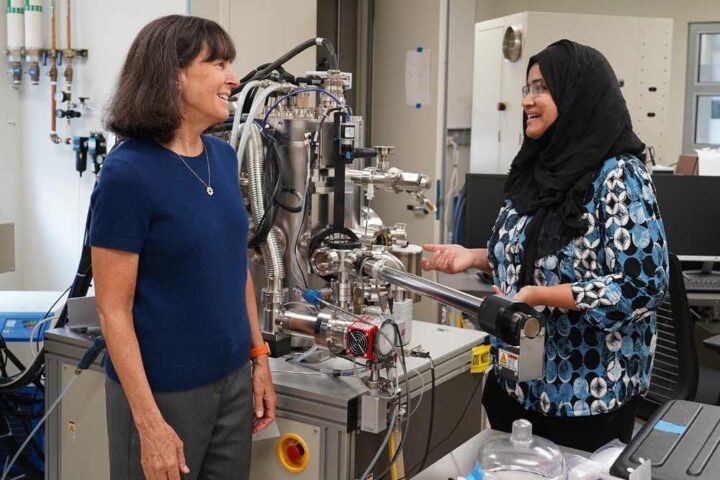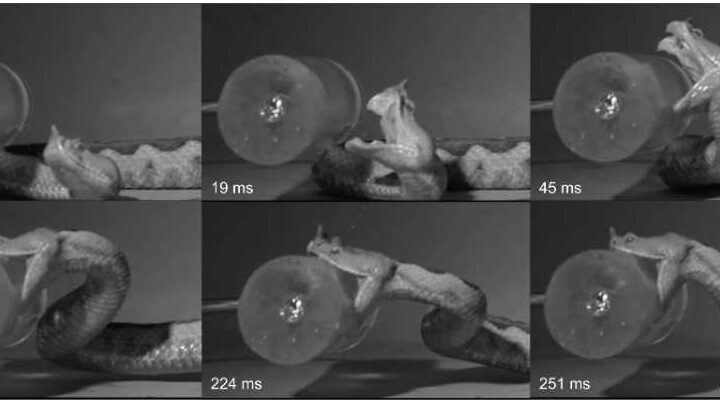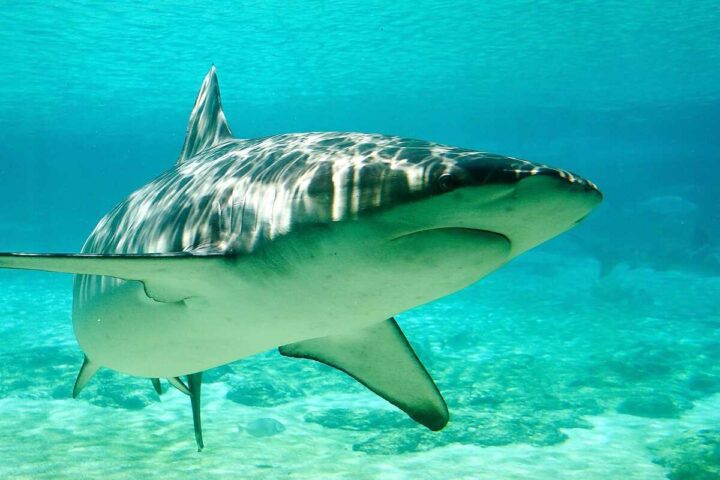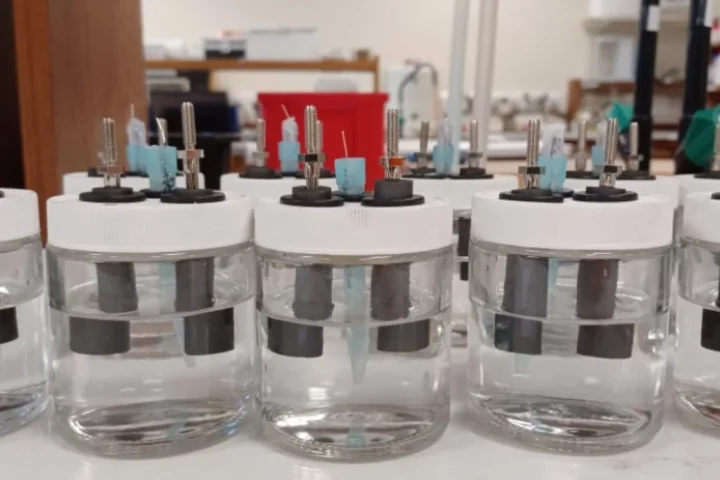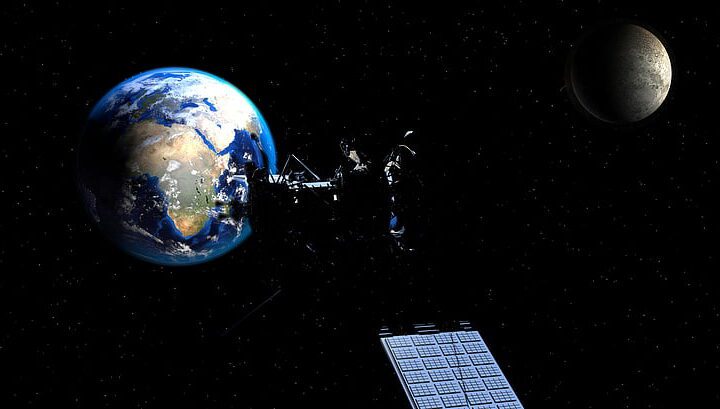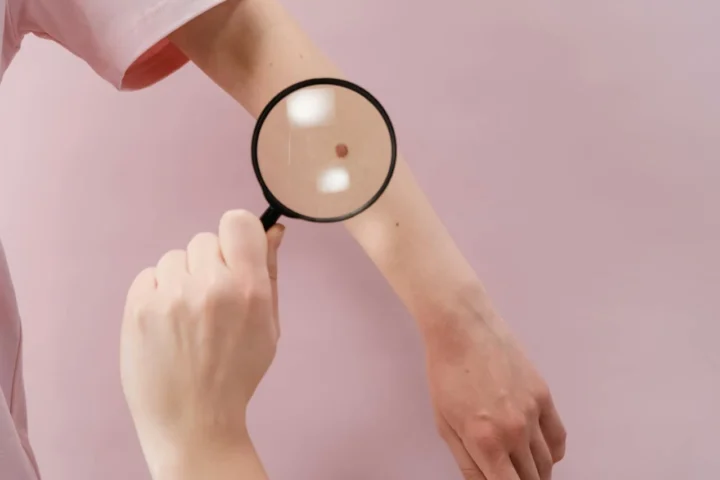A breakthrough space weather forecasting system has launched in the UK, allowing experts to predict how solar storms affect our upper atmosphere and the technology we rely on daily. The Advanced Ensemble Networked Assimilation System (AENeAS) is now operational on the Met Office’s supercomputer, marking the first time the UK can forecast changes in the upper atmosphere.
Developed by the University of Birmingham in partnership with Lancaster University, the Universities of Leeds, Bath, Leicester, and the British Antarctic Survey, this system focuses on how space weather impacts the thermosphere and ionosphere – crucial layers of Earth’s atmosphere between 50 and 400 miles above us.
“The deployment of this suite at the UK Met Office is the realization of a 10-year vision to build and deliver a state-of-the-art upper atmospheric modelling capability into operational use,” explains Professor Sean Elvidge, Head of Space Environment and Radio Engineering at the University of Birmingham and lead developer of the system.
When solar flares and other space weather events disturb these atmospheric layers, they can interfere with satellites, navigation systems, and communications. The ionosphere affects radio and GPS signals traveling through it, potentially disrupting everything from aircraft communications to the GPS in your phone.
For the first time, forecasters at the Met Office Space Weather Operations Centre can now predict these disruptions before they happen. The system takes in real-time data about the current state of the upper atmosphere and combines it with solar activity forecasts to produce actionable predictions.
Similar Posts
“This isn’t just about science – it’s about protecting the systems we rely on every day,” says Met Office Space Weather Manager Simon Machin. “This delivers a world-leading capability that provides greater confidence and forecasting skill than any models currently in operation anywhere else in the world.”
The technology has practical applications across multiple sectors. For example, airlines using polar routes that depend on high-frequency communications can make better decisions about flight paths. Users of Global Navigation Satellite Systems (GNSS) can be warned about potential accuracy issues and switch to alternative systems.
Professor Farideh Honary from Lancaster University explains: “The research and modelling led by Lancaster is relevant to the aviation industry and in particular to flights using polar routes which are dependent on high frequency communications.”
The AENeAS system is part of the Space Weather Instrumentation, Measurement, Modelling and Risk program, funded through the UKRI Strategic Priorities Fund to enhance the UK’s forecasting capabilities. It complements the Met Office’s existing models that predict space weather events coming from the sun’s surface.
As our reliance on satellite technology grows, tools like AENeAS become increasingly important. By providing advance warning of space weather impacts, this system helps transform our approach from reactive to proactive, potentially saving crucial infrastructure from disruption during solar storms.
